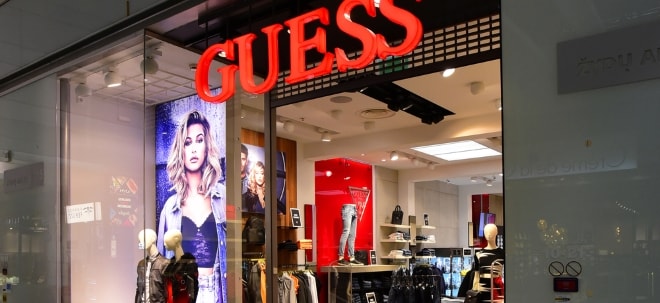copy&paste
Active investment managers aren't just bearish, they're confident about it. According to the National Association of Active Investment Managers (NAAIM), the average manager had stock market exposure of 22% this week. The exposure reported by an individual manager can vary anywhere from -200% (leveraged short) to +200% (leveraged long). When aggregated with all the other managers and averaged, the actual minimum was -4% (early October 2011) and the maximum was +104% (late January 2013). This week's average of 22% ranks in the bottom 10% of all weeks since 2006. Even if the managers are showing an extreme in exposure, there might be a wide variance in the results, suggesting that as a group, the managers aren't all that confident. That was not the case this week. The standard deviation in responses ranked in the bottom 6% of all readings since 2006. For a comparison, the last time that managers' exposure was below 25%, last September, the standard deviation in responses ranked in the top 70% of all readings, meaning they were not very confident in their bearishness. What this means is that not only are managers showing extremely low stock exposure this week, there is a lot of groupthink among them. The chart above shows a combination of the average exposure of these managers and the standard deviation among responses. In order to create this indicator, we added the standard deviation among responses if managers' average exposure was below 50%. We added the inverse of the standard deviation if exposure was above 50%. That allows us to see in one figure the overall conviction of this group of managers. This week, the combined figure fell to 54% (exposure of 22% plus the standard deviation of 32%). That's the lowest since October 2011 and is the 9th-lowest reading out of 501 weeks of data. It's not like this group is a bunch of amateurs. While they are trend-followers, they reduced exposure as stocks were peaking in 2007, 2011 and 2015 and were aggressively long during the protracted uptrend in 2013-14. Like any group, however, there tends to be trouble when almost everyone is leaning one way and there isn't much variability among them. As a group, they have had lower exposure than this week's 22%, so there is room for it to fall further if stocks continue to struggle. That's what happened during the crash in 2008, but it is not typical. We'd be more inclined to consider this a positive for stocks, due to the fact that the managers are so universal in having low exposure. |
Angehängte Grafik:
stocks.jpg (verkleinert auf 33%)




 Thread abonnieren
Thread abonnieren


